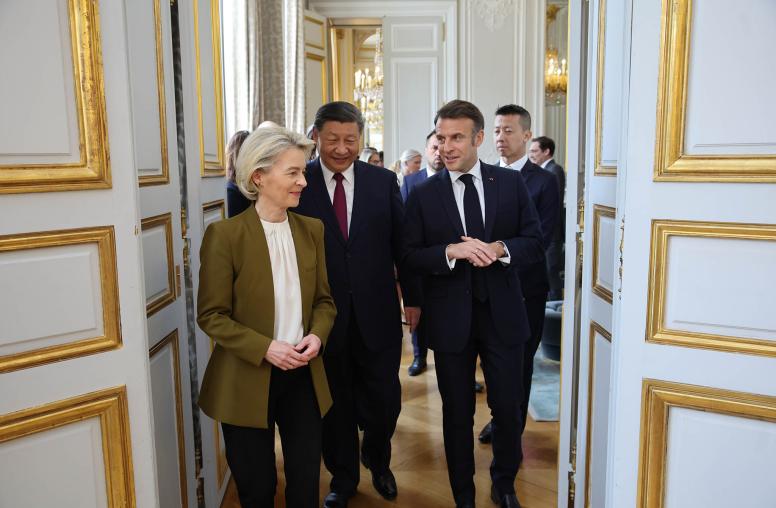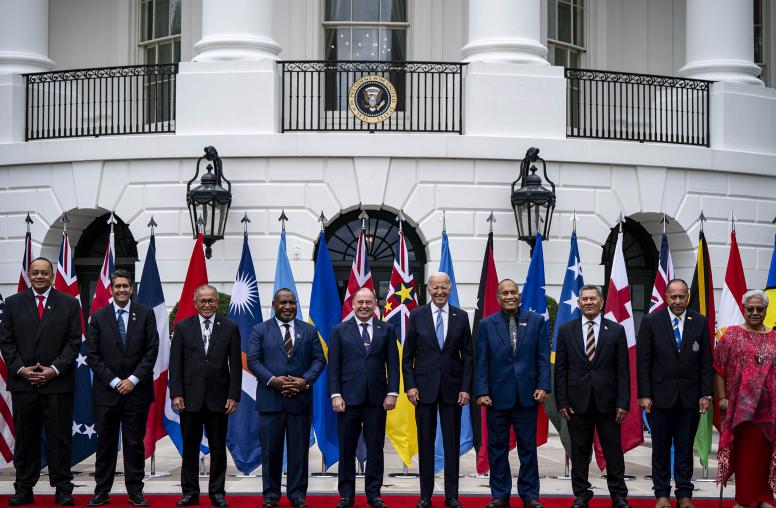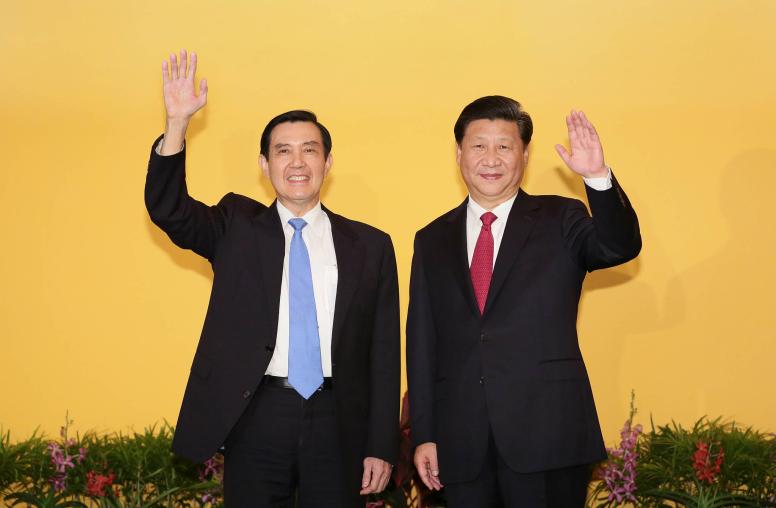China-Pakistan Economic Corridor: A Road to Peace?
Massive Chinese Upgrade of Pakistani Infrastructure Could Ease Internal Conflicts and Isolation Fears, Experts Say
Three weeks ago, trucks carrying goods from China began offloading containers to ships at the Pakistani port of Gwadar, marking the operational opening of the Chinese built-and-financed China-Pakistan Economic Corridor (CPEC). The scale of the $51 billion infrastructure scheme will change Pakistan in ways that offer hope for easing its internal conflicts and its destabilizing fear of international isolation, experts said in a discussion at the U.S. Institute of Peace.

CPEC, which includes upgraded highways and rail lines, new power plants and the deepwater port at Gwadar to ease the path for exports from western China, is creating new, positive confidence in Pakistan’s security and foreign policy establishment, said Hussain Nadim, a Pakistan expert at USIP and a former special assistant to the country’s minister of planning, development and reforms. While political battles continue over local opportunities created by CPEC projects, its overall impact has been to reduce tensions among the country’s fractious regions and political parties, while the strengthening ties with China are fostering a broader internationalist outlook, Nadim said in the Dec. 1 event.
“Even ethnic nationalist parties that may have had separatist tendencies in the past are very keen on partnering with China and benefiting from the influx of Chinese capital that can increase jobs, electricity and improve livelihoods,” said Arif Rafiq, a fellow at the Center for Global Policy and president of Vizier Consulting. Neither he nor his firm is involved with the project. “There’s also an electoral advantage,” he said.
“Even ethnic nationalist parties [in Pakistan] that may have had separatist tendencies in the past are very keen on partnering with China.” -- Arif Rafiq, Vizier Consulting
Investing in Pakistan meets multiple objectives for China, according to Zhao Hai, a research fellow with the National Strategy Institute at China’s Tsinghua University. Most immediate is the need to deploy excess capacity built up within China by stimulus spending during the financial crisis of 2008, he said. Most of CPEC construction is financed at very low rates by Chinese state banks lending to Chinese companies. The foreign enterprises—often state-owned—do the work using some Pakistani subcontractors and locally buying steel, concrete and other construction materials.
Still, the more familiar China becomes with Pakistan, the more it worries about domestic politics including relations between the government and the military, and regional and religious tensions, Zhao said. Gwadar and the roads and rail lines leading to it, for instance, are in Balochistan, a province that has experienced an insurgency fighting for autonomy. China tries to keep its distance from these disputes, he said.
China also hopes CPEC can help address its own concerns related to the Uighur population in Xinjiang province, where the corridor begins, Zhao said. Xinjiang has been the site of frequent flare-ups between Chinese authorities and the Uighurs. The central government hopes CPEC will revitalize the region’s economy, and therefore reduce tensions with the Uighurs and attract a more diverse population, Zhao said.
India and China: Opposite Directions
But CPEC for now offers little prospect of reducing China’s and Pakistan’s immediate tensions with India, panel members said. India is proposing its own transportation corridors that run in the opposite direction from those of China’s “One Belt, One Road Initiative,” an overall project intended to link China with Central Asia, Europe and East Asia. Theoretically the Indian and Chinese projects could be linked, Zhao said. But mutual distrust precludes potential cooperation, he said.
“India remains vigilant and cautious, but they do somehow want to participate,” he said.
How to bring in India is the biggest question facing the CPEC project, Nadim said. When Prime Minister Nawaz Sharif took office in 2013, his primary focus was improving relations with India, not China, Nadim said, adding that he’s confident India remains a priority.
Sharif and his party recognize that the benefits of CPEC for Pakistan could be enhanced further with a significant easing of tensions with India, but that is likely further in the future, Nadim said “Realistically, the government of Pakistan isn’t thinking beyond Balochistan,” he said.
In the most hopeful scenario, CPEC could serve as the gateway for connecting Pakistan to India, Afghanistan, the Central Asian republics and even Iran, Rafiq said. “But the economic promise of regional integration is really held hostage by strategic challenges,” he said.
India’s long-running suspicions about the project were heightened by recent reports the Chinese navy intends to patrol Gwadar and that it provided an escort for the first ships leaving the port with Chinese cargo, said Sarah Watson an associate fellow and India specialist at the Center for Strategic and International Studies. More broadly, China’s deepening involvement with Pakistan makes it more likely to move beyond traditional verbal support for its ally to military backing in case of a conflict with India, she said.
While there is cause for optimism that CPEC could contribute to a more peaceful future for South Asia, the massive construction underway in Pakistan is no panacea, said Jennifer Staats, the director of USIP’s China program, who moderated the discussion. It’s hard to know the ultimate effect on regional dynamics because the story is just getting started, she said. The first freight train on an upgraded line left China for another Pakistani port, Karachi, just last week.



